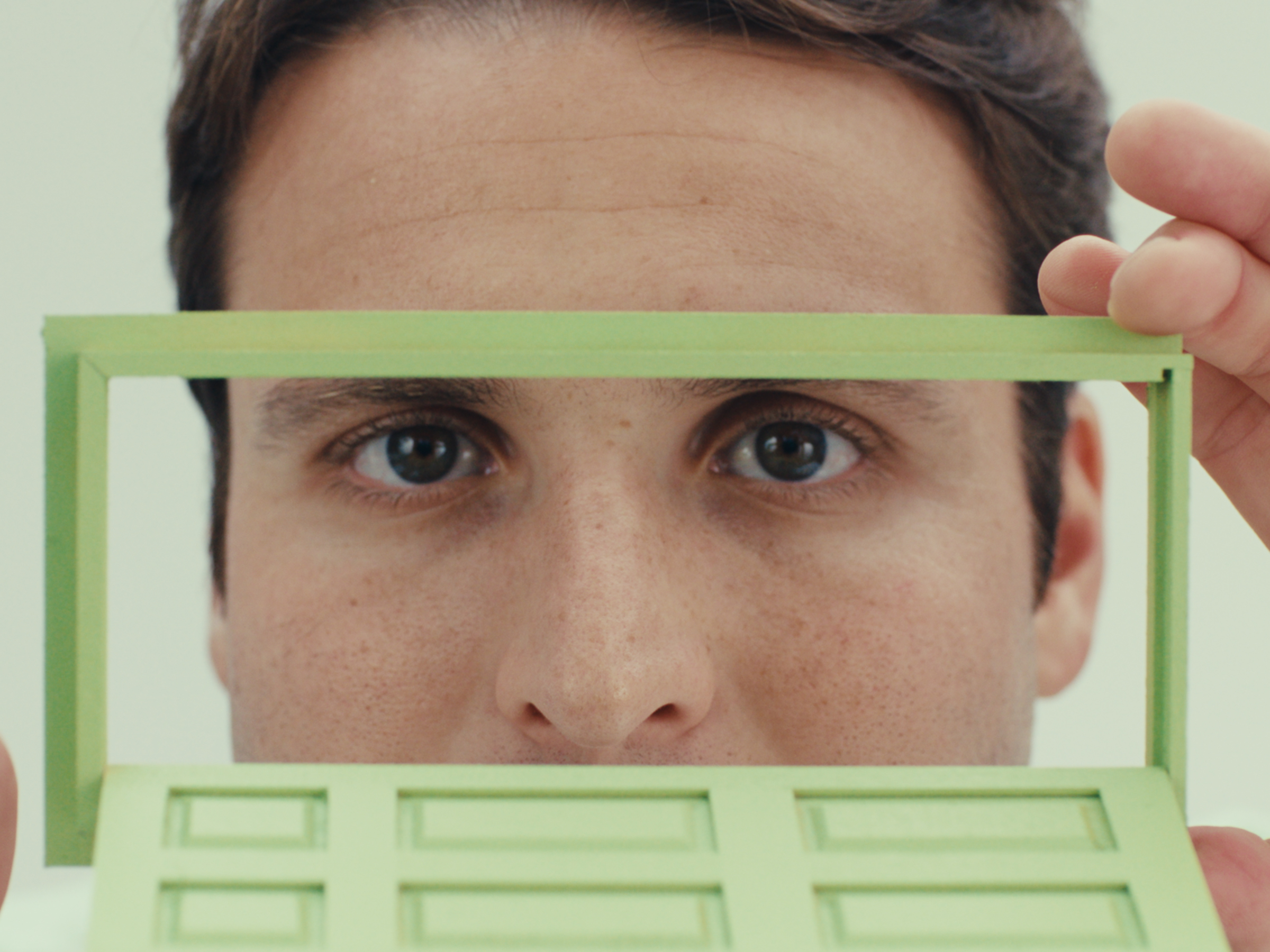The Academy of Motion Picture Arts and Sciences will pay tribute to the life and career accomplishments of special effects inventor and engineer Petro Vlahos on Thursday, July 29, at 8 p.m. at the Academy’s Linwood Dunn Theater in Hollywood. Presented by the Academy’s Science and Technology Council, the program will be hosted by Academy governor Bill Taylor and feature an onstage conversation with Vlahos, his friends and colleagues.
Considered to be one of the leading scientific and technical innovators in the motion picture and television industries, Vlahos consistently devised solutions for problems that had resisted years of well-funded, concerted effort by his predecessors and peers.
Vlahos has more than 35 wide-ranging patents for camera-crane motor controls, screen brightness meters, safe squib systems, cabling designs and junction boxes, projection screens, optical sound tracks and even sonar. He also created analog and digital hardware and software versions of Ultimatte, the first high-quality electronic compositing system.
As the original patents ran out, many other digital bluescreen and greenscreen compositing systems were derived from Ultimatte and joined it in the marketplace. As a result, every greenscreen or bluescreen shot in innumerable films (including every blockbuster fantasy film of recent times) employs variants of the original Vlahos techniques.
Vlahos’s notable achievements include his work on sodium and color difference traveling matte systems. His version of the sodium system was used on dozens of Disney films, including “Mary Poppins” (1964), “The Love Bug” (1969) and “Bedknobs and Broomsticks” (1971), and was borrowed by Alfred Hitchcock for “The Birds” (1963) and Warren Beatty for “Dick Tracy” (1990). He developed the color difference system (the perfected bluescreen system) for “Ben-Hur” (1959); it was later used in hundreds of films, including those in the first “Star Wars” trilogy (1977–1983) and “Greystoke: The Legend of Tarzan, Lord of the Apes” (1984).
A member of the Academy’s original Motion Picture Research Council, Vlahos has been honored by the Academy many times, starting with a Scientific and Technical Award in 1960 for his contributions to a camera flicker-indicating device. He earned an Oscar® statuette in 1964 for the conception and perfection of techniques for color traveling matte composite cinematography, and another in 1994 for the conception and development of the Ultimatte electronic blue screen compositing process for motion pictures. Vlahos also received an Academy Medal of Commendation in 1992 and the Gordon E. Sawyer Award, an Oscar statuette, in 1993.
Vlahos received an engineering degree from the University of California at Berkeley in 1941. Since then, he has served in the motion picture industry as a design engineer, field engineer, systems engineer and as the chief scientist for the Association of Motion Picture and Television Producers’ Research Center.
Tickets for “A Conversation with Petro Vlahos” are $5 for the general public and $3 for Academy members and students with a valid ID. Tickets are available for purchase by mail, at the Academy box office (8949 Wilshire Boulevard, Monday through Friday, 9 a.m. to 5 p.m.), or online at www.oscars.org. Doors open at 7 p.m. All seating is unreserved.
The Linwood Dunn Theater is located at 1313 Vine Street in Hollywood.
For more information call (310) 247-3600 or visit www.oscars.org.

